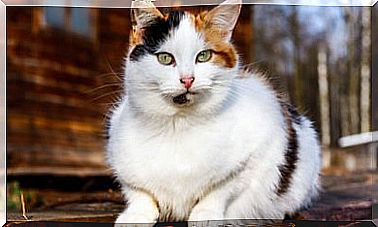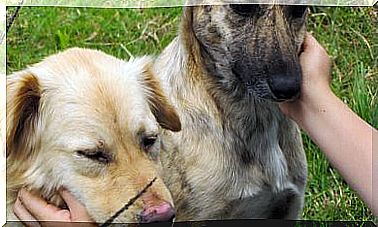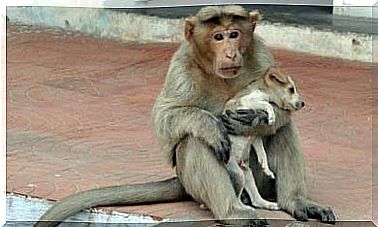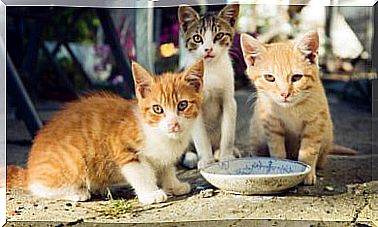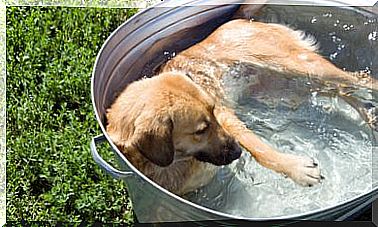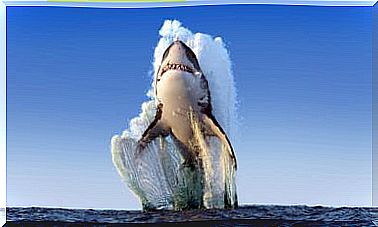Genetics And Animal Populations
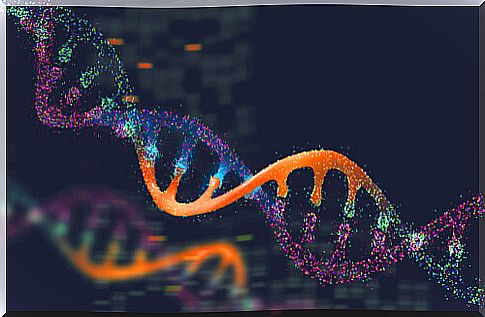
Genetics is usually a branch of biology that generates bewilderment and confusion. DNA, heritability, gene drift, stochasticity … the exciting world of genes is full of terms that scare away even the most curious. Therefore, we wanted to take the opportunity to show you a little about the relationship of genetics with animal populations, in a close and didactic way.
In the opinion of the writer, this topic is especially exciting, and I will base myself on exposing the information with population studies of amphibians in the Community of Madrid. Apart from being an editor, I have had the opportunity to be part of a team at the National Museum of Natural Sciences for two years, and here I show you a bit of my knowledge acquired during that wonderful time.
Basic principles
The genetics is the study area of biology that seeks to understand and explain how biological heritage is transmitted from generation to generation.
The genes are units of storage: DNA segments containing instructions on how the cells of the organism should operate. To simplify, it could be said that we all have two copies of each of the genes that make up human information, one inherited from the father and the other from the mother.
- The genotype of each individual is the particular genetic information in the form of DNA. The genome of each animal species presents diverse variations in many of its genes, making them different from the rest.
- On the other hand, the expression of genes in a certain environment is called phenotype . They are about physical and behavioral traits. One gene can code for eye color, for example, and the resulting phenotype would be brown eyes.

How do these terms apply to stocks?
The key to population genetics is based on understanding the heritability patterns from parents to children. Take the aforementioned example with amphibians:
- In any pond, it has been estimated that there are 300 frogs of the same species, forming a population. 100 of them are female, 200 males. These types of estimates can be made using techniques such as mark-recapture.
- In spring, with the arrival of the rains, it is seen that in the pond there are many cords of floating eggs. Each string full of young has a father and a mother, of course.
- So: how many of the males and females in the population have participated in this reproductive episode? Which female has laid the most eggs? Is there a male that has bred with more than one female?
Genetic studies try to answer these questions.
Deciphering the offspring
With samples from the adults of an animal population and a representative group of larvae, kinship relationships can be estimated.
After all, children’s genes are inherited from parents, right? If in the laboratory it is seen that a sample of DNA from a calf is the result of the combination of the DNA of two of the adults in the population, it can be assumed that this is your child.
This can solve previously posed questions to some extent, and also provides insight into an important parameter:
- The number of animals that live in a population is not equal to the number that reproduce within it.
- The effective population number refers to adults who are confirmed reproducers using the previously described techniques.
- For example, continuing with the previous population, we have 300 frogs in the pond. Even so, genetic studies confirm that only 60 have been reproduced in the year … The scenario changes, right?
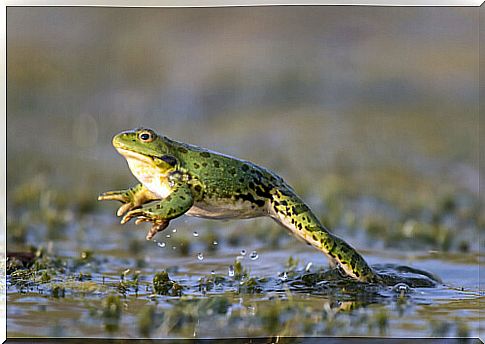
A utility focused on conservation
These genetic studies are of essential importance in terms of species conservation.
If in a population of 300 individuals we see that only 60 of them are reproducers, perhaps we should be concerned. A small number of reproducers ends up reducing the genetic variability of a population. This lack of variability can cause greater vulnerability to environmental changes, favoring the extinction of the species in the most extreme cases.
For this reason, it is essential to carry out this type of basal zoological studies, since they provide us with information about how the wild populations of animals are “genetically speaking”.
